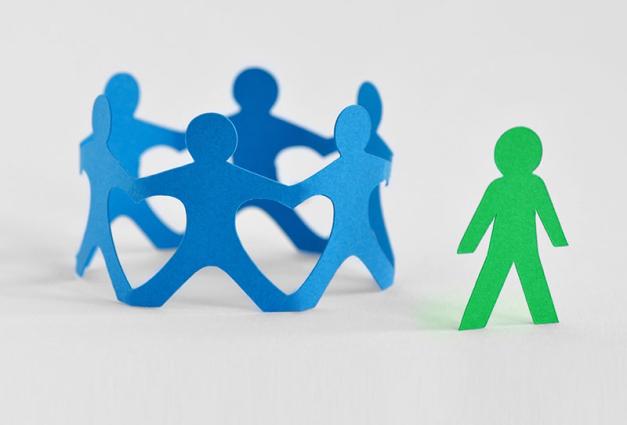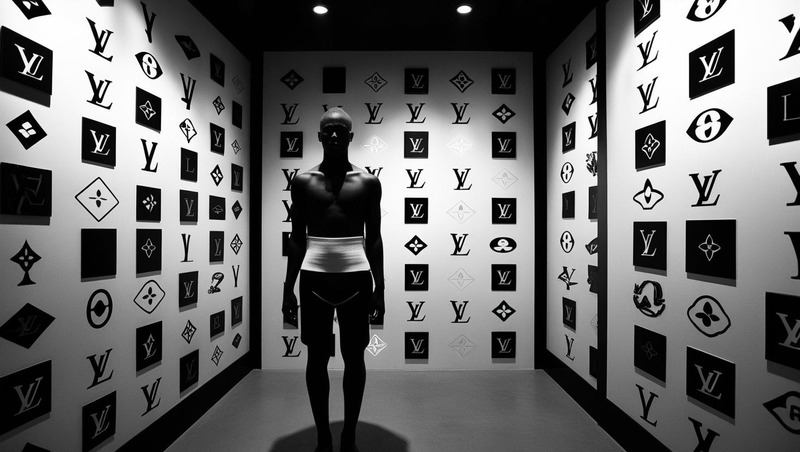By Nina Weiß
When we think about fashion, we often associate it with trends, self-expression, or aesthetic choices. But clothing is more than just fabric, it’s a powerful social tool. What we wear sends messages about who we are, where we belong, and how we want to be perceived. These signals can create a sense of belonging, but they can also lead to exclusion.
Clothes Speak Before We Do
Aghaei et al. (2017) describe clothing as a kind of silent language. Our outfits communicate things like creativity, professionalism, or group identity, even before we say a word. These signals help shape how others see us, and they influence how we interact socially. Barnard (2013) also sees fashion as a way of communicating without speaking. However, the meaning of clothing is not universal, it changes depending on the cultural and historical context. For example, wearing jeans may be considered casual and acceptable in one society, but too informal or even disrespectful in another.
Not everyone “speaks” the same fashion language. The style of clothing can impact decision-making processes and can serve as a discriminative factor to differentiate among diverse groups of people. If your style doesn’t align with the unspoken rules of a certain group or setting, it might lead to judgment or exclusion. Fashion can connect but it can also be a gatekeeper.

This observation becomes especially visible in a study by Croghan et al. (2006). The authors interviewed teenagers about how fashion shaped their everyday lives, and the results were revealing. Many young people described feeling anxious about what to wear, fearing social rejection if they make a “wrong” fashion choice. The study highlights that style, particularly branded and designer goods, is central to how young people construct their identities and create group boundaries. Adopting the “right” style is crucial for social inclusion of young people.
But it wasn’t just about wearing expensive brands, it was about signalling the right group identity. Some participants were excluded or even bullied for dressing outside of the norm. These stories show how fashion becomes a sign of belonging, especially in a younger age, where being “in” or “out” often depends on visual adaption.
Who Can Afford to Fit In?
The fashion industry relies on exclusivity. High fashion and luxury brands, often use high prices, limited releases, and special aesthetics to maintain their elite image. The result? Only a select few can access these styles. This turns fashion into a tool for increasing social and economic hierarchies. You also must be able to keep up with constantly changing trends. This raises an uncomfortable truth: fashion isn’t always about creativity or individuality. It’s often about proving you can afford to belong (Gabriel, 2023).

Online Representation of Fashion
Exclusion through fashion is not only caused by high prices or the “wrong”style, it starts online with the visual presentation of clothing. Bartsch (2023) explores that the representation of certain body types, skin tones, and gender expressions is still very narrow. A study by de Freitas et al. (2018) analyzed Australian fashion magazines and found out that most models were young, white, and very thin. Colorism still shapes digital marketing. While diversity might appear to be increasing, there still exists biases regarding hierarchical norms of beauty.
Such digital sorting reflects deep-rooted industry preferences and demonstrates how technological systems can represent social inequalities and exclusion (Butkowski et al., 2024).
Conclusion
Fashion is powerful, it helps express who we are and connecting with others. But as the research shows, it can also divide us. Whether through peer pressure, economic barriers, or representation in the media, fashion creates systems of inclusion and exclusion. Many of us feel this pressure daily. That’s why it’s so important to think critically about what fashion really communicates and who might be left out. If fashion reflects society, then we should also use it to imagine more inclusive ways of belonging.
What about you, when you choose what to wear, are you expressing yourself or conforming to expectations to fit in?
References
Aghaei, M., Parezzan, F., Dimiccoli, M., Radeva, P., & Cristani, M. (2017). Clothing and people: A social signal processing perspective. arXiv preprint arXiv:1704.02231. https://arxiv.org/abs/1704.02231
Barnard, M. (2013). Fashion as communication (2nd ed.). Routledge.
Bartsch, A. (2023). In/exclusion in fashion discourse: Are we in or out? Discourse & Society. (Forthcoming).
Butkowski, C., Humphreys, L., & Mall, U. (2024). Computing colorism: Skin tone in online retail imagery. Visual Communication, 23(2), 289–308. https://doi.org/10.1177/14703572231222227
Croghan, R., Griffin, C., Hunter, J., & Phoenix, A. (2006). Style failure: Consumption, identity and social exclusion. Journal of Youth Studies, 9(4), 463–478. https://doi.org/10.1080/13676260600805759
de Freitas, C., Jordan, H., & Hughes, E. K. (2018). Body image diversity in the media: A content analysis of women’s fashion magazines. Health Promotion Journal of Australia, 29(3), 251–256. https://doi.org/10.1002/hpja.15
Gabriel, M. B. (2023). The economics of exclusion: Why inclusion doesn’t fit fashion’s business model. [Online article]. https://example.com/the-economics-of-exclusion
Leave a Reply